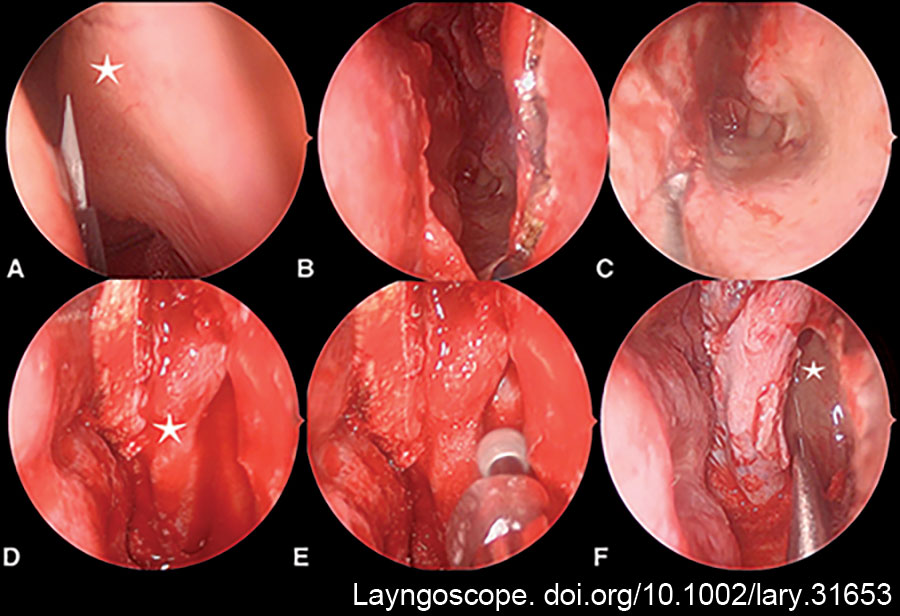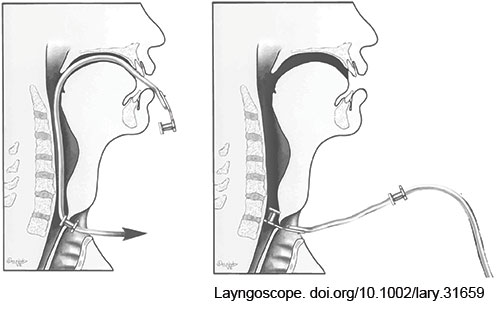How does stage at presentation and survival compare when looking at cases of head and neck squamous cell carcinoma in Medicaid-expanded states versus non-expanded states?
Moderate or Greater Hearing Loss in Older Adults Associated with Functional Difficulties
How are hearing loss and hearing aids associated with functional status?

How To: Prelacrimal–Transmaxillary Approach to Lateral Sphenoid Recess Skull Base Defects
This study describes a prelacrimal–transpterygoid/maxillary approach that offers direct access to this region with a 0° endoscope.

Reflection and Anticipation in the Field of Otolaryngology
As 2024 comes to a close, we asked members of the ENTtoday editorial board two questions: What’s been the biggest success in otolaryngology in the last five years and what are you most excited about for the next 5-10 years of ENT medicine? Here’s what they had to say.

How To: Modified Technique for Retrograde Placement of the Tracheoesophageal Voice Prosthesis in the Office
This article describes an updated and straightforward technique for in-office retrograde placement of the voice prosthesis in patients with challenging TEP tracts.
How To: Endoscopic Anterior Laryngotracheal Reconstruction
This article introduces a new endoscopic technique for anterior LTR using costal rib cartilage grafting in a two-year-old patient with acquired grade III subglottic stenosis.
ML Model Classifies, Detects, Segments Structures During NE
A CNN-based model can accurately localize and segment turbinates in images obtained during NE, signifying the feasibility of future machine learning (ML) algorithms to interpret NE findings.
Commensal Microbiota Have Impact on the Laryngeal Immune System in Mice
The cellular landscape of the mouse model larynx contains multiple macrophages and secretory epithelial cell populations; commensal microbiota has an extensive impact on the laryngeal immune system.

The Time Is Now to Prepare for the Next VBC Wave
VBC (value-based care) is coming to otolaryngology offices within the next five years through the Centers for Medicare and Medicaid Services (CMS) initiatives, and otolaryngology needs strategies for responding to how value, outcomes, and cost will be captured and measured
Tirzepatide Reduces Sleep Impairment and Cardiovascular Risk Factors in Patients with Moderate-to-Severe OSA
In two trials, participants with OSA and obesity who received tirzepatide had a clinically meaningful change in sleep-disordered breathing and alleviation of perceived sleep disturbance and sleep-related impairment, as well as reductions in common OSA-related cardiovascular risk factors.
- « Previous Page
- 1
- …
- 4
- 5
- 6
- 7
- 8
- …
- 161
- Next Page »